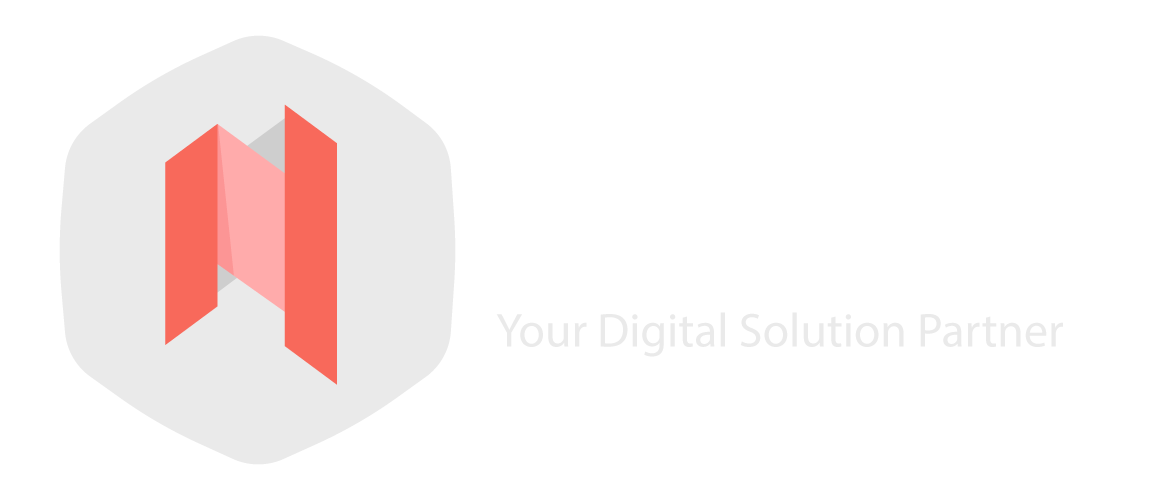In an era dominated by digital transformation, remote work technology has emerged as a pivotal force reshaping the landscape of professional engagement. The blend of innovative tools and robust cybersecurity measures has not only facilitated seamless collaboration but has also paved the way for a future where geographical boundaries no longer confine the workplace.
Tools and Technologies for Remote Collaboration
1. Video Conferencing Platforms:
The cornerstone of remote collaboration, video conferencing platforms like Zoom, Microsoft Teams, and Cisco Webex have become indispensable. These tools transcend traditional communication boundaries, offering face-to-face interactions, file sharing, and real-time collaboration, fostering a sense of connection among dispersed teams.
2. Project Management Tools:
Platforms such as Trello, Asana, and Jira empower teams to streamline workflows, manage tasks, and maintain project visibility. These tools ensure that every team member is on the same page, even when miles apart, fostering efficiency and accountability.
3. Cloud Collaboration Suites:
Google Workspace, Microsoft 365, and Dropbox Business provide a centralized hub for document creation, sharing, and editing. These suites facilitate seamless collaboration on documents, spreadsheets, and presentations, ensuring that the team can work cohesively in real time.
4. Communication Platforms:
Beyond emails, platforms like Slack and Microsoft Teams offer instant messaging and channels for team communication. These tools enhance real-time interaction, reduce email clutter, and foster a sense of community among remote workers.
Cybersecurity Considerations for Remote Work
1. VPN (Virtual Private Network):
With remote work comes the need for secure connections. VPNs encrypt data, ensuring a private and secure connection for remote workers. Implementing a robust VPN strategy is paramount in safeguarding sensitive information from potential cyber threats.
2. Multi-Factor Authentication (MFA):
Strengthening login credentials, MFA adds an extra layer of security by requiring users to verify their identity through multiple steps. This simple yet effective measure significantly reduces the risk of unauthorized access, especially when employees are working from various locations.
3. Endpoint Security:
Protecting individual devices is crucial. Endpoint security solutions, including antivirus software and device encryption, mitigate the risk of data breaches originating from compromised devices. Regular updates and security patches further fortify the remote work environment.
4. Employee Training and Awareness:
Cybersecurity is a shared responsibility. Educating remote employees about potential threats, phishing attacks, and best practices for secure online behavior is essential. Well-informed employees act as the first line of defense against cyber threats.
The Future of Remote Work Technology
1. Augmented Reality (AR) for Collaboration:
As technology evolves, AR is poised to revolutionize remote collaboration. Virtual meetings could transcend traditional video interfaces, offering immersive experiences where team members feel physically present in a shared virtual space. AR glasses and applications are on the horizon, promising a new dimension to remote work.
2. AI-driven Productivity Tools:
Artificial Intelligence is set to play a pivotal role in boosting remote work efficiency. AI-driven tools can automate routine tasks, analyze work patterns, and provide valuable insights to enhance productivity. From intelligent scheduling assistants to automated data analysis, AI is the future assistant of remote professionals.
3. Cybersecurity Advancements:
The future of remote work technology includes advancements in cybersecurity to stay ahead of evolving threats. Predictive analytics, machine learning algorithms, and proactive threat detection will become integral components of cybersecurity frameworks, ensuring a robust defense against cyber threats.
4. Flexible and Secure Collaboration Platforms:
Future collaboration platforms will prioritize flexibility without compromising security. Technologies that seamlessly integrate with various tools, accommodate different work styles, and prioritize user experience will dominate the remote work landscape.
In conclusion, the trajectory of remote work technology is dynamic, promising a future where geographical constraints no longer limit productivity. By embracing innovative tools, prioritizing cybersecurity, and anticipating future trends, businesses can navigate the evolving landscape of remote work with confidence. The journey towards a more connected, efficient, and secure remote work environment has only just begun, and the possibilities are limitless.

